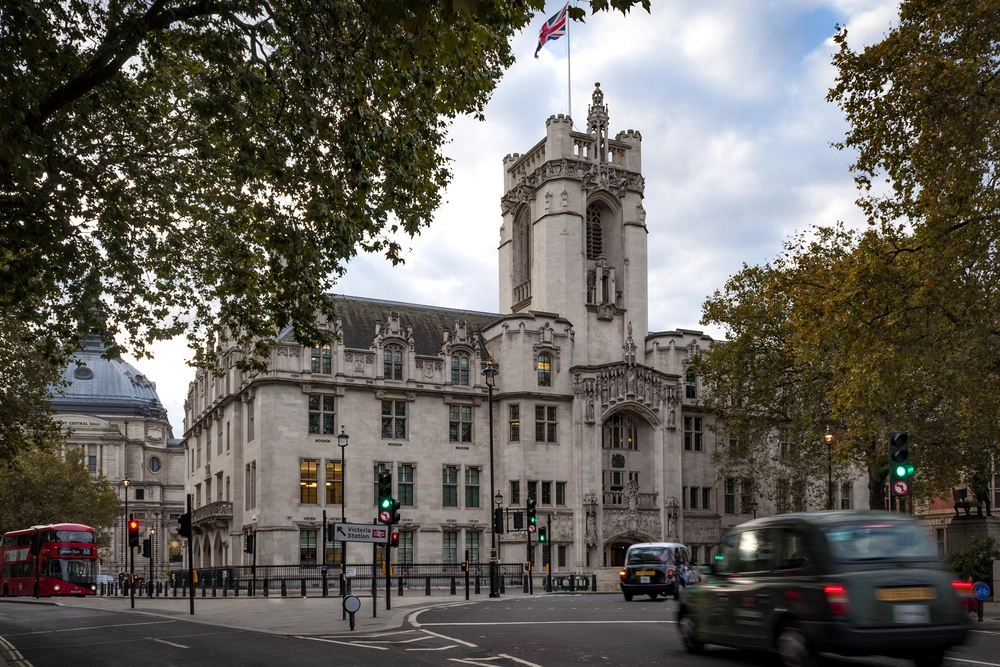
A brief overview of Warranty & Indemnity insurance

Karl Bradford, Legal Director in our Corporate team shares his insights on Warranty & Indemnity insurance.
This article explores what W&I Insurance is, how it can be used as well as highlighting its potential limitations.
What is W&I insurance?
Warranty & Indemnity ("W&I") insurance is an insurance policy that can be taken out to provide a level of cover in the event of claims under the warranties and indemnities provided by a seller in a share purchase agreement. If W&I insurance is taken out and a warranty claim arises in respect of a warranty that was given by the seller, then generally, instead of bringing the claim for damages against the seller, the buyer would seek to make a claim under the W&I policy.
The use of a W&I policy is often seen as a way to give the seller a clean break and limit ongoing liabilities. It can enhance returns as it can mean that no part of the purchase price will be required to be deferred or held in escrow for a period of time to cover potential claims. The buyer will also benefit from a suitable level of protection knowing that the insurer is financially able to pay out on any claim that is made.
However, the parties (and in particular a buyer) need to be aware of the limitations of W&I policies as they do not cover all risks and are not a guaranteed safety net.
Who usually takes out the W&I insurance?
Although both sell-side and buy-side policies exist, the W&I policy is usually taken out by the buyer. The main reason for this is that the buyer will be relying on the policy and so will generally want to negotiate its terms to ensure it covers their requirements.
In an auction process the seller may have gone to the insurance market for early indications of cover that it will present as part of the sales package. The parameters attached to such non-binding indications ("NBIs") will need to be carefully checked by a buyer to ensure they obtain the necessary level of cover required.
What are the potential disadvantages or pitfalls of using W&I insurance in a transaction?
The key point to remember with W&I insurance is that it only covers the "unknown unknowns". It does not cover those risks and liabilities that have been identified during the due diligence exercise. For such matters a suitable indemnity should be sought from the seller or an amount deducted or deferred from the purchase price. Where a specific risk or liability has been identified it may be possible to take out a supplementary insurance policy that just covers that matter (see below).
Given the above, the insurer will want to see a robust level of due diligence carried out in line with an appropriate level of negotiation on the warranties.
Certain matters are usually excluded from a W&I policy as a matter of market practice (these usually include, for example, forward looking warranties, environmental pollution and pensions). Where the W&I insurer is not comfortable with a risk that has arisen during the due diligence process it will add in a specific exclusion of that risk.
What are the current trends in the W&I insurance market?
Although claims have generally increased over recent years, the W&I insurance market has become very competitive and so it is possible to get some very attractive terms.
Cover can be obtained for any amount right up to the full purchase price. The premium will of course increase the higher the cover amount and the higher the risk. It is usual for W&I cover to be around 20%-25% of the total transaction value. Limitations of claims will generally follow common limits in transaction documents (for example, 2 years for general warranties and 7 years for tax warranties).
The insurance premium is usually around 1% of the cover being taken out depending on the type of asset and level of perceived risk relating to that asset.
It is common to see an "Excess" (that is, the amount of insured loss that must be incurred by the insured prior to any loss being recoverable under the policy) set at or tipping to nil. This therefore allows the seller to limit its liability to £1 (but excluding fraud or fraudulent misrepresentation on the part of the seller).
Enhancements can be sought which may be given for no increase in premium or for an additional premium ("AP"). Examples of enhancements include extending the period of cover for general warranties and removing de minimis thresholds (that is, the level of claim to be incurred before a claim can be made).
Supplementary insurance can also be taken out for an additional premium to cover specific identified risks not covered under the main W&I policy. Examples of supplementary insurance that may be relevant in a real estate transaction include title insurance (both to the real estate and/or the shares), specific liabilities (for example, regulatory intervention and third-party liabilities) that arise from both known and unknown pollution events and environmental damage.
Insurance Premium Tax ("IPT") may be payable depending on the domicile of the insured entity. For a UK insured the IPT rate is 12% of the premium.
The Covid-19 pandemic has had an impact on transactions and W&I insurers have focused on how the target entity has performed and how it was managed (for example, whether government loans or the furlough scheme were utilised).











